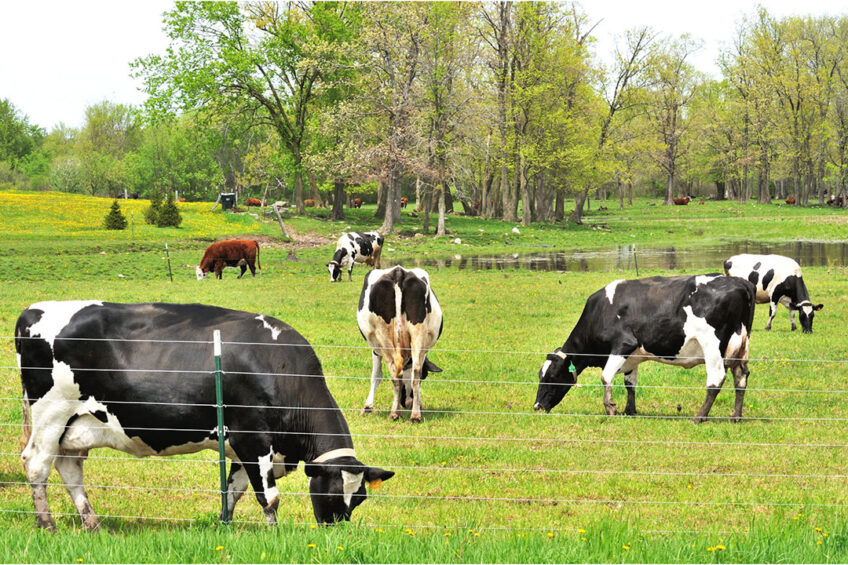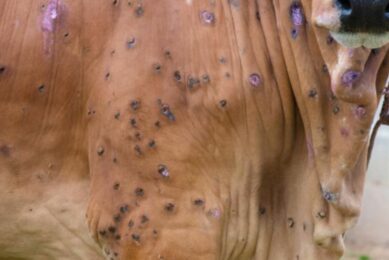EHD is spreading rapidly in France, compulsory cattle testing

The number of cases of Epizootic haemorrhagic disease (EHD) is increasing rapidly in the south-west of France. The Department of Agriculture reported the first 3 infected premises on 21 September.
Just over 2 weeks later, on 7 October, the number of cases rose to 53. The protection zone of 150 km around infected premises reaches as far as the Dordogne. Minister Marc Fesneau has ordered compulsory testing for any animal leaving a cattle farm within this zone.
Disease in cattle is characterised by fever, anorexia, and difficulty swallowing.
Epizootic haemorrhagic disease around the world
Epizootic haemorrhagic disease was first described in 1955 in the USA in a white-tailed deer. Since then, the virus has also been detected in Canada and Mexico, as well as in other parts of the world: South America, Africa, the Middle East, Japan, Southeast Asia and Australia. Since 2021, the disease is also prevalent in Tunisia on the north-coast of Africa, where over 100 cases have been reported so far.
Protection zones and live calve and cow exports
In France, the discovery of the first cases and rapid spread of the disease has led to an ‘all hands on deck approach’. Following EU-rules for the notifiable disease, Minister Fesneau of Agriculture and Food Sovereignty has ordered protection zones of 150 km around all infected premises. Because these zones often overlap, the area covered now reaches as far as Bordeaux at less than 600 km south of Paris. Export of live animals from cattle farms in this area to other EU-countries is not allowed, although Fesneau has now reached an agreement with his Spanish colleague that allows for export if strict biosecurity conditions are met. Export bans are causing large economical losses for French farmers since the country normally transport some 1.1 million calves and cows a year to Italy, Spain as well as Algeria. “I am negotiating further with the authorities in Italy and Algeria in order to re-open their borders as quickly as possible,’’ the minister says. Furthermore, in France itself, pre-movement testing is compulsory for cattle transported directly for slaughter or between farms. “Unfortunately, there is no vaccine for EHD,” Fesneau adds.
EHD disease in cattle
Epizootic Haemorrhagic Disease (EHD) is a vector-borne viral disease of ruminants. It is responsible for severe clinical signs and high mortality in white-tailed deer. But it can also infect domestic species. In small ruminants, it is generally asymptomatic. In cattle, on the other hand, it can cause clinical signs leading to economic losses on farms, experts of the animal vaccine producer Ceva say. Iowa State University College of Veterinary Medicine has said: “Disease in cattle is characterised by fever, anorexia, and difficulty swallowing. The swallowing disorders are caused by damage to the striated muscles of the pharynx, larynx, oesophagus and tongue, and may lead to dehydration, emaciation, and aspiration pneumonia. Oedema, haemorrhages, erosions, and ulcerations may be seen in the mouth, on the lips, and around the coronets. The animals may be stiff and lame, and the skin may be thickened and edematous. Abortions and stillbirths have also been reported in some epidemics.’’
Join 13,000+ subscribers
Subscribe to our newsletter to stay updated about all the need-to-know content in the dairy sector, two times a week.










